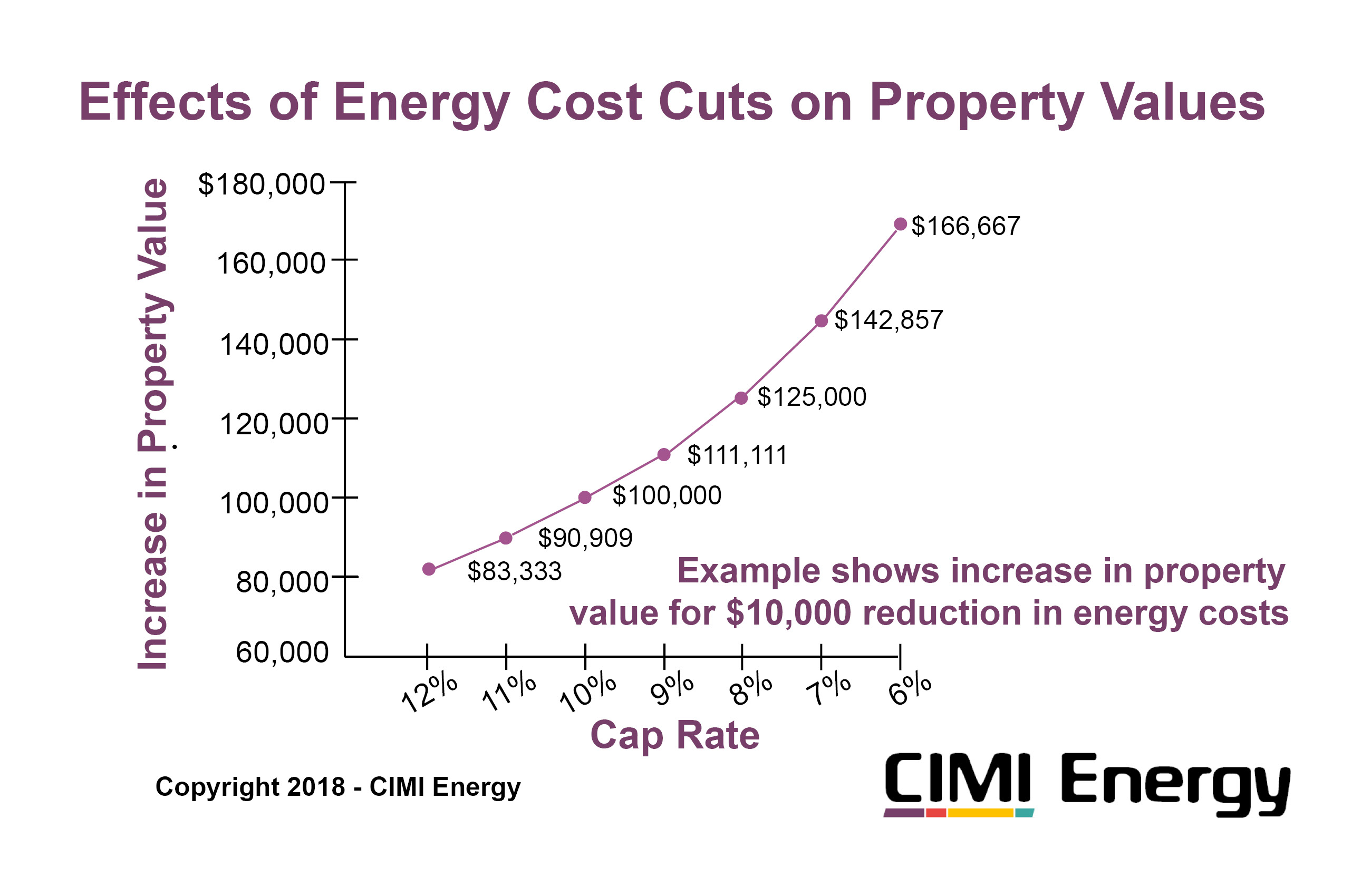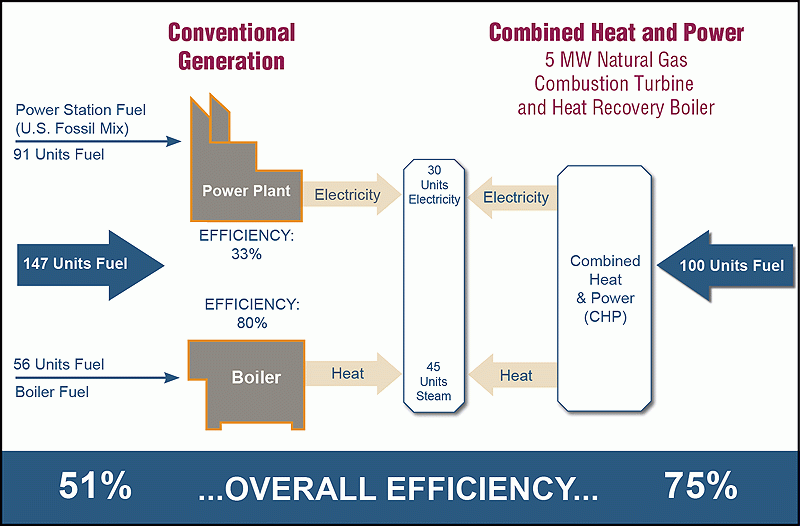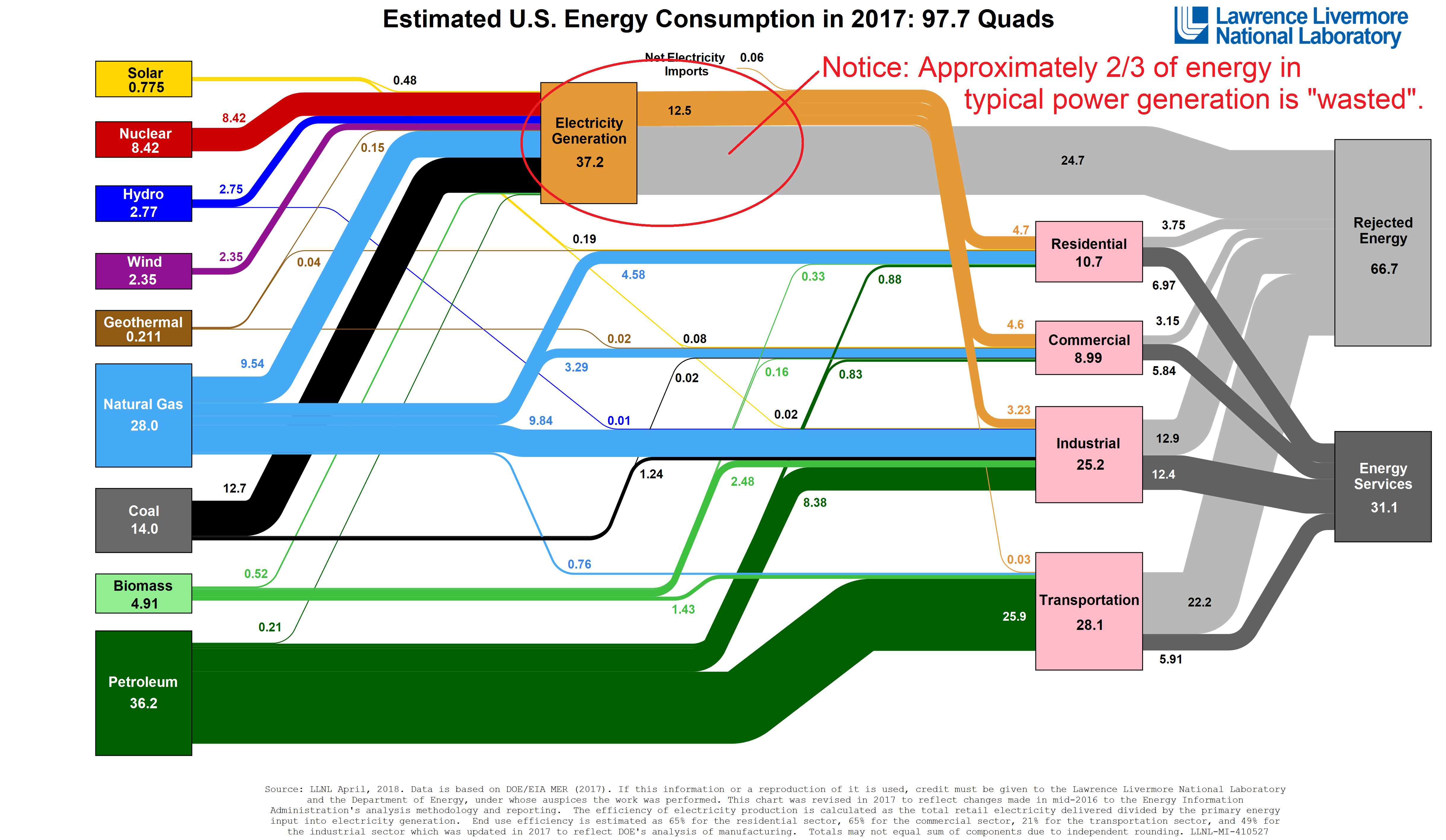A powerful business case can be made for harnessing distributed energy, making it a fast growing category within the energy field. The fast pace of growth results from a combination of the maturation of a variety of alternative energy technologies, and the unwinding of utility regulation. The alternative energy technologies that typically comprise distributed energy provide building owners with the ability to cut energy costs, increase energy efficiency, reduce carbon emissions, increase reliability, and eliminate peak utility charges.
The Energy Market Transforms
Distributed energy equipment suppliers have invested heavily in hardware and software in order to achieve the goal of safe and dependable integration with the grid. Having achieved this goal, the available options for building owners to utilize alternative energy have broadened out.
A “mature” distributed energy sector means that all aspects of a distributed energy network operate safely, predictably, reliably, and cost effectively. Tying in new energy sources becomes a straightforward matter, and doing so does not adversely affect production and distribution from other parts of the grid. A mature sector also means that the power produced meets acceptable standards.
As noted above, deregulation of energy markets has been a driver of growth in distributed energy as well. With the elimination of utility monopolies, competition from new sources of power give organizations a choice in where they get their power. Among the available choices for building owners is to produce their own power, in whole or in part. In such cases, consumers become producers as well, leading to the label “prosumer”*.
With distributed energy, power sources can be placed on-site (such as on-site CHP), or off-site, such as from renewable energy sources like solar, wind, and biomass (usually as CHP). The power sources need not be local, as innovative energy contracts allow buyers to purchase the output from remote energy sources.
The Impetus for Distributed Energy
For building owners, making an investment in distributed energy must of course make sense from a timing perspective, as something that’s working is not ordinarily high on the priority list for change. The initial impetus that shifts an organization’s “energy inertia” can come from failing energy assets (such as a heating or cooling system that breaks down), or simply an energy audit that reveals costs above achievable benchmarks.
In most cases, there are several benefits that can be identified in advance. Opportunities in cost savings, as well as in enhanced efficiency and increased security and reliability are usually all present when the decision is made.
Benefits of Distributed Energy
Cost Savings
The most salient reason organizations give for choosing a distributed energy solution is to save money. The IRR (internal rate of return) for investing in distributed energy must be greater than the anticipated return offered by alternatives, including not doing anything (i.e. maintaining status quo) if that is a possibility.
With the fast pace of advancements in energy systems in recent decades, there are often good cost savings available just from reduced maintenance and repairs. By incorporating the right solutions at the outset, an on-site CHP project such as producing electricity while making process heat, space heat or hot water can bring predictable cost savings to the user.
Efficiency
Decentralization can also lead to higher efficiency where energy assets allow more energy to be captured from the fuel. A great example of this is when an organization produces it own power, and at the same time captures the “waste” heat for some internal process. Combined Heat and Power (CHP) is inherently more efficient than a case where standard power generators are used.
Higher system efficiency is to be had where companies with large electricity demand such as server farms (e.g. IT Services, ISPs, Amazon, Google, and other cloud services) are locating in out-of-the-way places that are newly served by the expansion of distributed energy. Server farms create a lot of heat, so their locations are often being located where electricity is cheap, and either where the climate is cool (making cooling the equipment much more efficient), or where the waste heat from the server farm can be used for some other purpose.
Security and Reliability
The electric grid is old and suffering from technological senescence. It is vulnerable to damaging natural and man-made events. Flooding events that cause power outages are more threatening than they used to be, particularly alongside rivers and sea coasts where much of the traditional power producing infrastructure is located. Wind storms, ice storms, fires, and human threats are thankfully uncommon, but real enough to be taken seriously.
Businesses rely on power. Distributed energy makes the power supply more reliable for those businesses with the foresight to take advantage.
Reduced Carbon Emissions
Alternative energy sources reduce carbon emissions. This result is caused either through the higher utilization of the energy content of fuel (i.e. efficiency), displacing a high-carbon fuel with a lower carbon fuel, or through the utilization of some form of renewable energy, such as wind or solar.
Hedging Against a Possible Carbon Tax
The idea of imposing a carbon tax is routinely discussed in Washington these days. Supporters include market-oriented conservatives, and progressives concerned about climate change. If a carbon tax were to be passed into law, it will be advantageous for organizations to be positioned with low-carbon utilizing assets in place.
For energy investments in durable goods expected to last 5 years or more, the possibility of a carbon tax is definitely something to weigh.
Eliminating Peak Power Charges
By providing an alternative source of energy to traditional utility-provided grid energy, additional cost savings can be secured by avoiding peak energy charges. More on this topic will be available in a separate blog post on this topic.
How to Proceed with Distributed Energy
What is required to reach cost savings, efficiency, and reliability goals with distributed energy is good planning, modelling, and execution. These are essential to achieve long-term success. Working with a team that has experience with all these working parts, and which is willing to learn about your businesses’ energy needs is probably the best way to achieve success.
CIMI Energy will serve as a conducer*, working with you and your internal team to ensure a successful result.
Back to top of post
*An equivalent producer/consumer word blend to “prosumer” is “conducer”. But what I thought might have a lower chance of getting baked into the language, “conducer” is, as it turns out, an actual word in the dictionary. It means “a person or thing contributing to a specific result” 🙂




